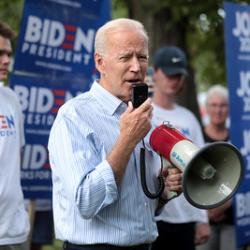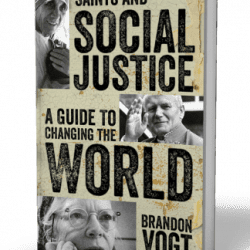Robert Samuelson’s The Great Inflation and Its Aftermath tells the story of America’s battle with double digit inflation in the 1970s. As Samuelson tells the story, in the post-WWII period economists and politicians began to think that they could use the insights of Keynesian economics to fine tune the economy. According to Keynes, there was a fundamental economic trade off between inflation and unemployment. By using its control over the money supply, then, the government could induce a small amount of inflation, which would lead to lower unemployment and hence higher overall output.
The problem was that while inflation did in fact lead to a drop in unemployment, the effect was only temporary. At first an infusion of cash into an economy would boost demand for goods and services and lower interest rates (as people mistook the increase in dollars with an increase in wealth). Eventually, however, people would begin to catch on to what was happening, at which point a higher level of inflation would be needed to achieve the same effect. By the early 1970s, the United States was facing both high unemployment, high interest rates, and high levels of inflation, something which according to standard Keynesian theory should have been impossible.
This presented a serious problem for policy makers. In theory, the Federal Reserve had the power to stop inflation by instituting a tighter monetary policy. Doing this, however, would spark an economic downturn, always a dicey proposition politically, and even more so when unemployment and interest rates were already high. While the Fed made several attempts to curb inflation during the 1970s, each time the economic carnage wrought by its policy caused it to relent, and inflation returned.
The hero of Samuelson’s book is Paul Volcker, Chairman of the Federal Reserve from 1979 to 1987. Volcker, who was appointed to the Fed job by Jimmy Carter almost as an afterthought (the previous Fed Chairman had just been appointed as Carter’s new Treasury Secretary). Instead of following a previous Fed policy of targeting interest rates, Volcker targeted the monetary base. And whereas previous Fed officials had buckled under pressure to abandon anti-inflationary policies when times got bad, Volcker was resolved not to stop such measures too soon. The resulting recession was quite possibly the worst since the Great Depression. Unemployment reached 10.8% in 1982, and the prime interest rate exceeded 21%. By late 1982, however, the economy had begun to recover, beginning one of the longest periods of growth in American history.
President Reagan also comes in for some praise, mainly for leaving Volcker alone. While the Federal Reserve is formally independent, history indicates that in practice it is susceptible to political pressures. Both Lyndon Johnson and particularly Richard Nixon exerted pressure on the Federal Reserve Chair, and succeeded in getting them to adopt a more inflationary policy. Even Volcker’s initial attempt at curbing inflation was thwarted by a President Carter initiative to institute credit controls. Volcker’s actions were understandably unpopular, not alone among Democrats but also among many of Reagan’s supply side supporters (who were and are basically right-wing Keynesians).
The last couple of chapters of the book focus on the state of the economy since the 1980s. You get to learn about Samuelson’s opinions on everything from immigration to global warming, which is all well and good, but bears little relation to the larger narrative that is supposed to be at the heart of the book. Still, I found Samuelson’s treatment to be an informative and often entertaining account of an important episode in American economic history (one which, I hope, will remain solely of historical importance).












